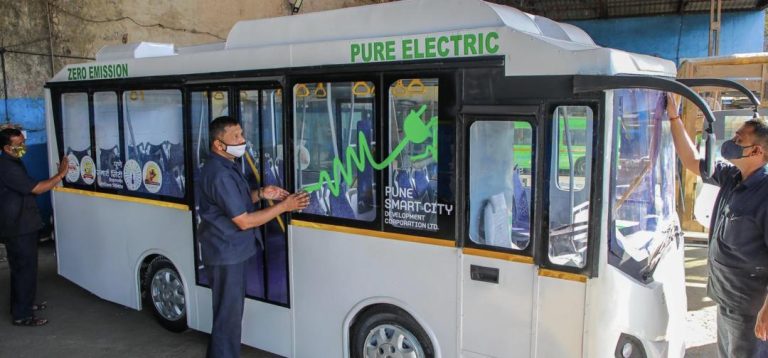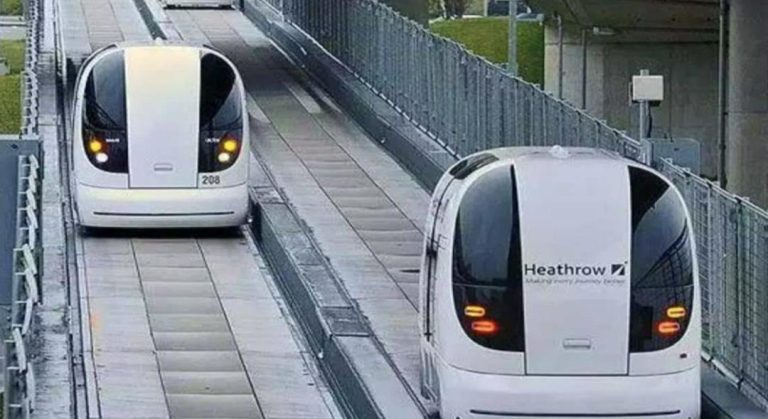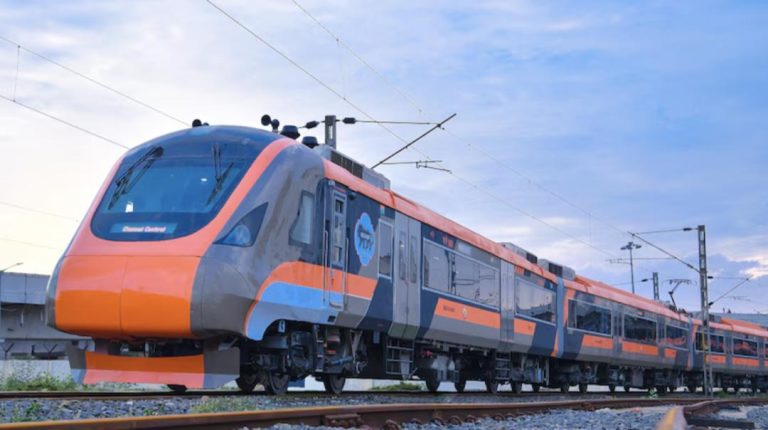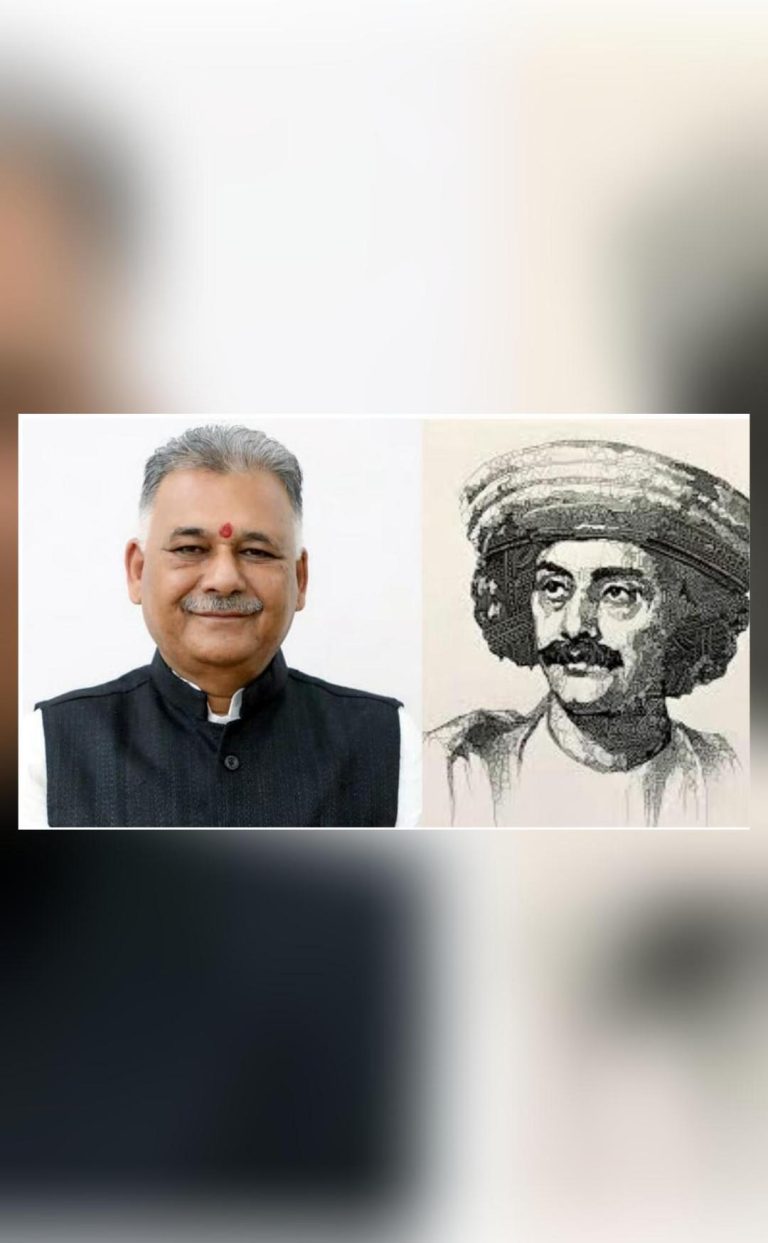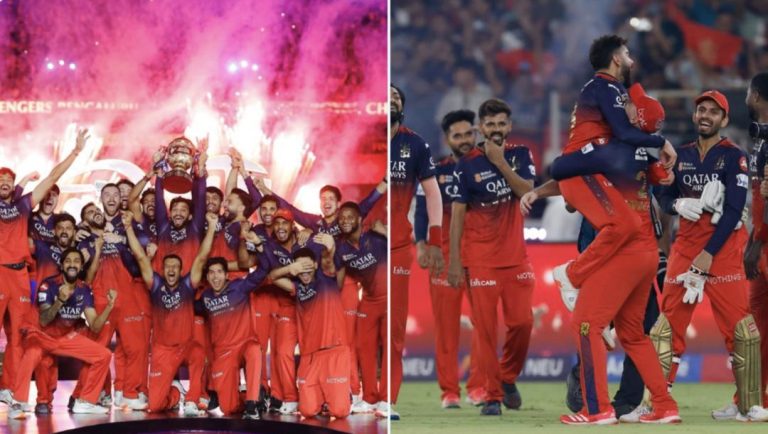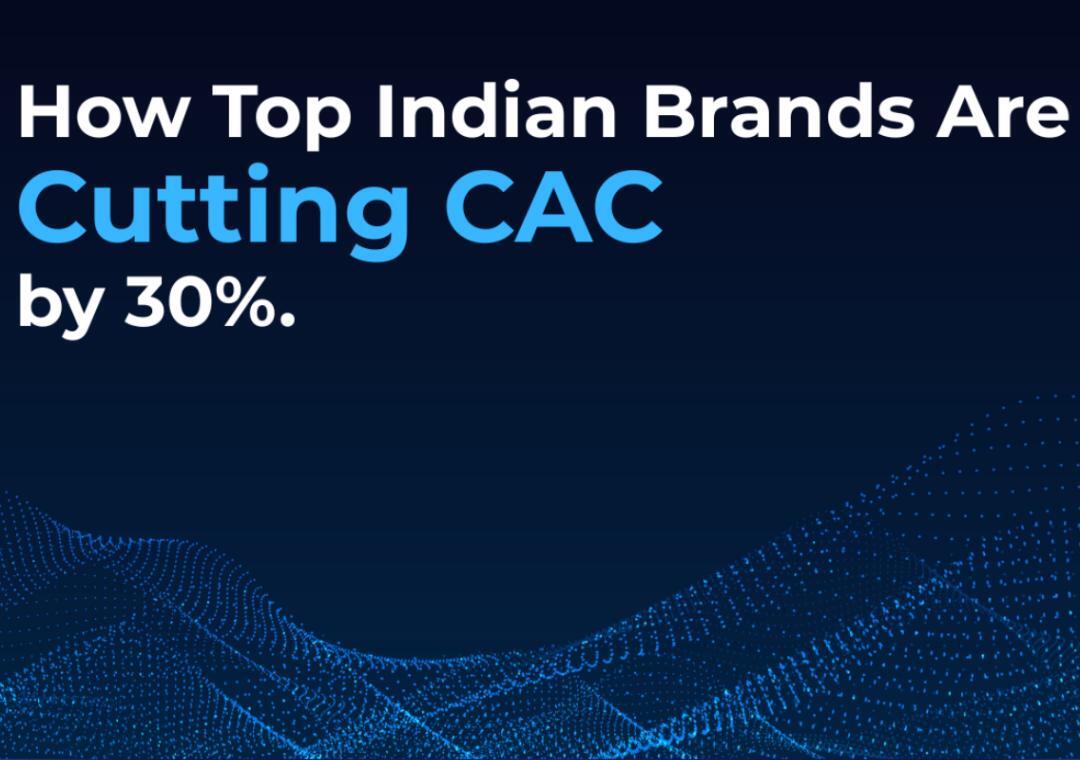
Indian Brands Slash CAC by 30% using AI
In today’s digital age, the e-commerce landscape in India is fiercely competitive, with numerous brands vying for customer attention. To stand out from the crowd, D2C (Direct-to-Consumer) brands are constantly looking for innovative ways to optimize their marketing strategies, reduce costs, and increase conversions. One such approach that has gained significant traction in recent years is the use of Artificial Intelligence (AI) to cut Customer Acquisition Costs (CAC).
In this blog post, we’ll explore how leading Indian D2C brands are leveraging AI to slash their CAC by up to 30%. We’ll also delve into the specific strategies and technologies that are driving this success, and what this means for the future of e-commerce in India.
The Challenge: High CAC Costs
For D2C brands, acquiring new customers is a costly and time-consuming process. With the average CAC in India ranging from ₹500 to ₹1,000 per customer, it’s no wonder that many brands are struggling to maintain profitability. The problem is compounded by the fact that traditional marketing strategies, such as blanket campaigns and reliance on last-click attribution, often fail to deliver the desired ROI.
The Solution: AI-Powered Predictive Signals
Intellsys, a leading AI-powered marketing platform, has developed a innovative solution that helps Indian D2C brands cut CAC by up to 30%. By using predictive signals, Intellsys identifies high-intent users early in the funnel, allowing brands to target them with precision and relevance.
Here’s how it works:
- Data Collection: Intellsys collects vast amounts of data on user behavior, including browsing history, search queries, and purchase patterns.
- Predictive Modeling: The platform uses machine learning algorithms to analyze this data and predict which users are most likely to convert.
- Micro-Moment Targeting: Based on these predictions, Intellsys identifies specific micro-moments in the user journey, such as when a user is about to abandon their cart or is researching a product.
- Targeted Ad Campaigns: Brands can then create targeted ad campaigns that speak directly to these high-intent users, increasing the likelihood of conversion.
Real-World Results
Several leading Indian D2C brands have already seen significant reductions in their CAC using Intellsys’ AI-powered predictive signals. For example:
- Chums: This popular fashion brand saw a 25% reduction in CAC by targeting high-intent users with personalized ads.
- Myntra: This leading e-commerce platform reduced its CAC by 30% by using Intellsys to identify and target users who were most likely to convert.
- Ola: This ride-hailing giant slashed its CAC by 28% by using Intellsys to optimize its ad campaigns and target high-intent users.
What This Means for the Future of E-commerce in India
The use of AI to cut CAC by up to 30% is a game-changer for Indian D2C brands. By leveraging predictive signals and micro-moment targeting, brands can:
- Increase conversions and revenue
- Reduce costs and improve ROI
- Improve customer engagement and retention
- Stay ahead of the competition in a crowded market
As the e-commerce landscape in India continues to evolve, it’s clear that AI will play an increasingly important role in driving growth and profitability. By adopting innovative technologies like Intellsys, Indian D2C brands can stay ahead of the curve and achieve long-term success.
Conclusion
In conclusion, the use of AI-powered predictive signals is revolutionizing the way Indian D2C brands acquire new customers. By cutting CAC by up to 30%, brands can reduce costs, increase conversions, and improve their overall marketing ROI. As the e-commerce landscape continues to evolve, it’s clear that AI will be a key driver of growth and profitability in the years to come.
Source:
https://www.growthjockey.com/blogs/how-top-indian-brands-are-cutting-cac-by-30-with-intellsys
